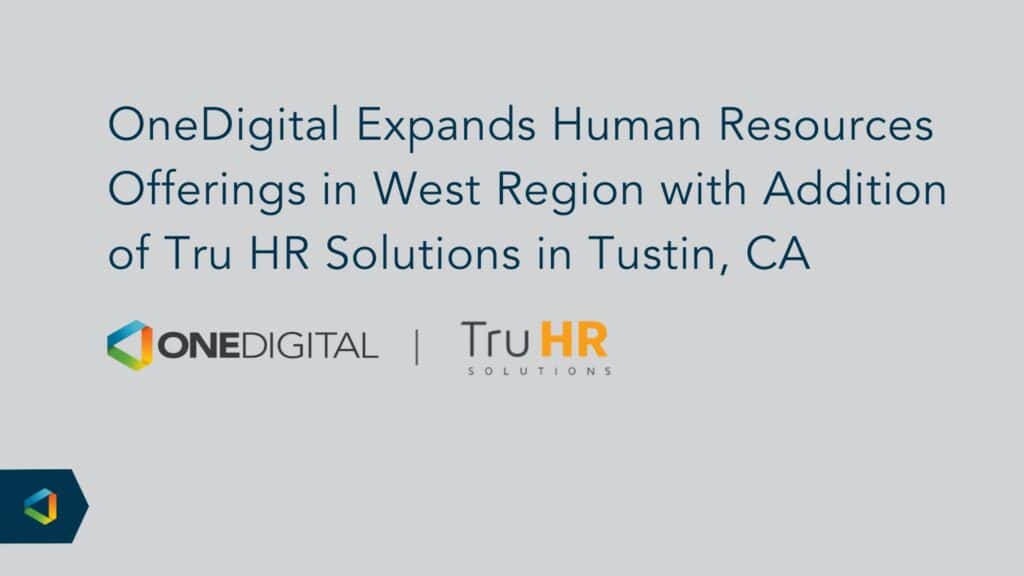No Headaches
Process Optimization: To Optimize or Not to Optimize?
Process Optimization: To Optimize or Not to Optimize?
How many times have we heard it said, or maybe you’ve even said it yourself, “When we implement the new system, all our broken processes will be fixed!”
On the surface, it sounds completely logical. After all, all the right players will be working on the project, and it wouldn’t make sense to put in a new system with the old inefficient business processes. Or would it?
The risk with this approach is time. While HR leadership fully understands the need for streamlined and unified business processes across the enterprise, sometimes business leaders do not always appreciate the greater good this brings. A single, entrenched, and powerful business leader can take weeks or months to influence to get onboard with unified business processes putting your overall project timeline at risk.
While there is absolutely nothing wrong with optimizing business processes as part of your implementation, keep in mind the time it will take to do so.
Process Optimization Example
In a recent HCM implementation, OneDigital HR Technology Consulting helped to lead a U.S. company with several business units. The single longest track in the project plan was for process optimization. The Program Manager personally led many, many meetings with large numbers of HR partners and business leaders to agree on one set of unified business processes.
Further, the CHRO made it clear that this was the goal, and any exceptions would have to be approved by him as the executive sponsor of the project. While the implementation was successful with unified, standardized, and efficient business processes in the new system, it did take a substantial time investment.
Process Optimization on a Time Constraint
On the other hand, a different client simply didn’t have that kind of time to invest, so a two-step strategy was developed. This was a spin-off situation with hard deadlines when new systems had to be ready for the stand-alone company. There was no time to include process optimization and still meet the deadlines, so an approach of "Transition-Transform" was employed.
First, transition all current processes and data to the new systems within the time allotted. Then start a second phase to the project to re-evaluate business processes and deal with that long parking lot list of ideas and suggestions that came out of the original implementation to ultimately deploy optimized business processes.
No matter what approach fits your business’ strategy, remember to consider the time factor for a successful implementation.
For more information about HR Technology implementation process, read Project Milestones: Do you set them, or do they set you?




